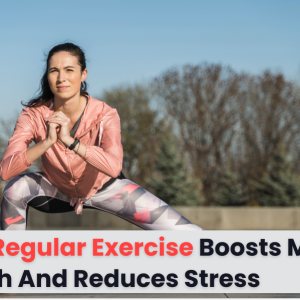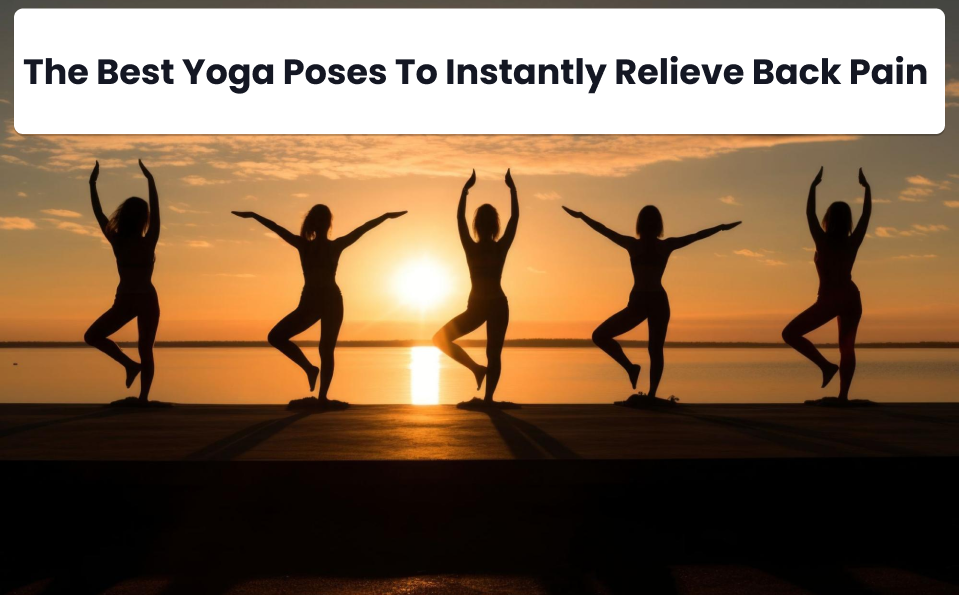
The Best Yoga Poses to Instantly Relieve Back Pain
Back pain is a common issue many Americans and Canadians face due to long desk jobs, extended drives, or physically demanding activities. Yoga offers a natural and safe way to reduce pain and improve spinal health. In this blog, we’ll explore the best yoga poses to stretch, strengthen, and soothe your back muscles for lasting relief.
Child’s Pose (Balasana)
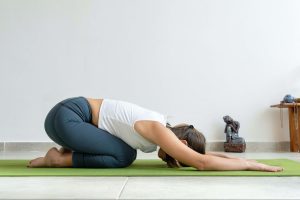
This gentle and relaxing pose stretches your hips, thighs, and lower back. It’s perfect for unwinding after a long day of sitting or standing.
How it helps:
Child’s Pose releases tension in the lower back, gently stretching the hips, thighs, and spine. It also promotes relaxation, which helps ease stress—a common trigger for back pain.
How to do it:
- Start by kneeling on the floor with your big toes touching and knees spread apart.
- Sit back on your heels and lower your forehead to the mat.
- Extend your arms forward and take deep breaths.
- Hold the pose for 30 to 60 seconds.
Downward-Facing Dog (Adho Mukha Svanasana)
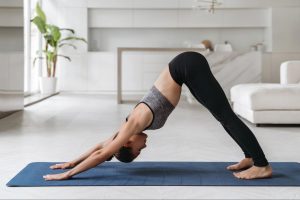
This classic yoga pose stretches and strengthens the back, shoulders, and hamstrings.
How it helps:
Downward-Facing Dog stretches the spine from shoulders to hips, improving flexibility and reducing tension. It also builds strength in muscles that support your back.
How to do it:
- Begin on all fours and lift your hips toward the ceiling, forming an inverted “V” shape.
- Keep your hands shoulder-width apart and feet hip-width apart.
- Lengthen your spine and hold for 30 to 60 seconds.
Cat-Cow Pose (Marjaryasana-Bitilasana)

This flowing movement between two poses helps relieve tension and increase spinal flexibility, especially after sitting for long periods.
How it helps:
Cat-Cow Pose stretches the back, promotes better posture, and improves circulation in the spine, reducing lower back pain.
How to do it:
- Start in a tabletop position on all fours.
- Inhale and arch your back, lifting your head (Cow Pose).
- Exhale, tuck your chin to your chest, and round your spine (Cat Pose).
- Repeat this flow slowly for 1 to 2 minutes.
Sphinx Pose (Salamba Bhujangasana)
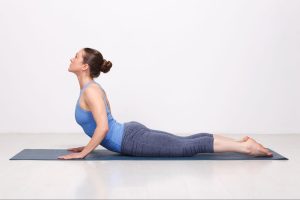
This beginner-friendly backbend strengthens the lower back and promotes better spinal health.
How it helps:
Sphinx Pose strengthens the lower back, alleviating pain caused by weakness or poor posture. It also stretches the chest, shoulders, and abdomen to counteract slouching.
How to do it:
- Lie on your stomach with your legs extended.
- Place your elbows beneath your shoulders and lift your chest while keeping your lower body grounded.
- Breathe deeply and hold for 30 to 60 seconds.
Bridge Pose (Setu Bandhasana)
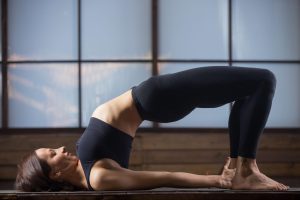
This pose strengthens your hamstrings, glutes, and lower back while opening up the chest and improving spine flexibility.
How it helps:
Bridge Pose supports the spine by strengthening surrounding muscles and reducing back pain. It also promotes better posture and flexibility.
How to do it:
- Lie flat on your back with your knees bent and feet flat on the ground.
- Press through your feet and lift your hips toward the ceiling.
- Keep your arms by your sides and hold for 30 seconds.
- Lower your hips slowly to the mat.
Summary
By adding these yoga poses to your daily routine, you can significantly reduce back pain and improve your overall spinal health. Yoga provides a well-rounded approach to pain relief through strengthening, stretching, and relaxation.
Whether you’re dealing with occasional discomfort or chronic pain, these poses can help. Remember to consult a doctor before starting any new exercise routine, especially if you have a pre-existing medical condition.
Start practicing today and take a step toward a healthier, pain-free life!


